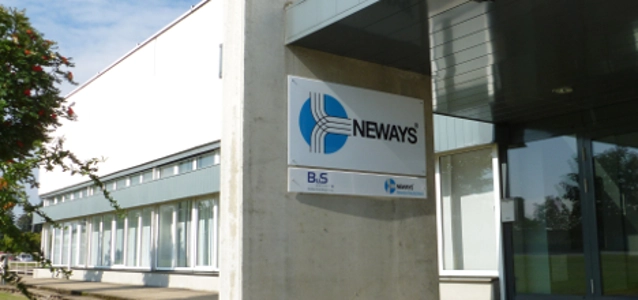
© neways
Electronics Production |
Neways and the future of miniaturisation
Existing conventional screen printing techniques can now be applied to structures of less than 50 μm line/gap spacing to ceramic substrates.
A breakthrough in the miniaturisation of integrated electronics, writes EMS-provider Neways Electronics. The development, initiated by Neways Group company Neways Micro Electronics, makes electronic connections between fine pitch integrated circuits (or advanced IC packages) on minimal surfaces possible. The use of lithographic techniques also makes this a cost-efficient process.
This development is in line with the continuing miniaturisation of integrated electronics. Components are becoming ever smaller, while at the same time being equipped with greater functionality and have to be placed closer to the source, for instance on a motor or in a valve. This development has numerous potential applications in a range of different sectors, for instance, in virtually invisible hearing aids, opto-electronic data-transmitters, medical implants or car sensors.
Daniel Mitcan, Manager Engineering at Neways Micro Electronics: “It is a generally accepted rule that the number of transistors on a chip doubles every two years (Moore’s Law). However, it was a long time before the ceramic carrier became correspondingly smaller. What makes this project special is that we abandoned conventional methods – which have been in general use for 20 years – and that allowed us to take a fresh look at advanced lithographic techniques. A combination of these techniques creates unique hybrid circuits with extremely fine structures that can be produced at conventional, low costs. This will enable us to meet the growing demand for ever smaller and more integrated electronics in the period ahead.”

